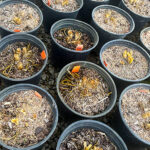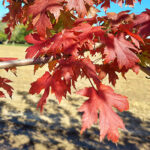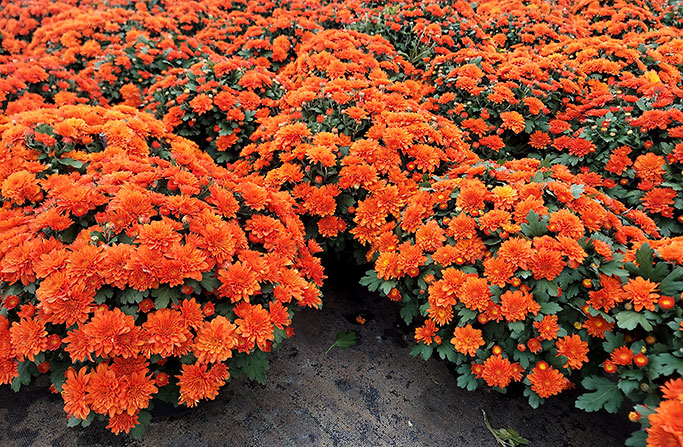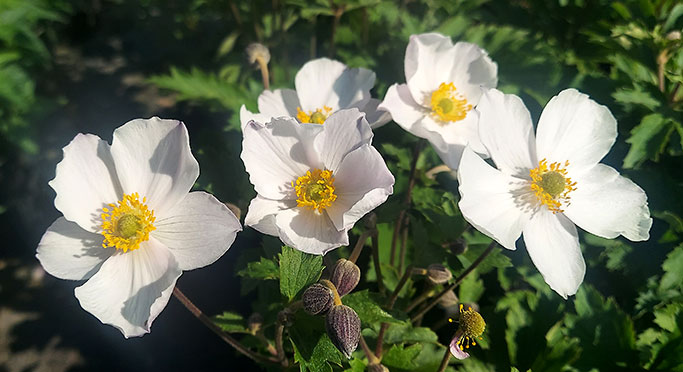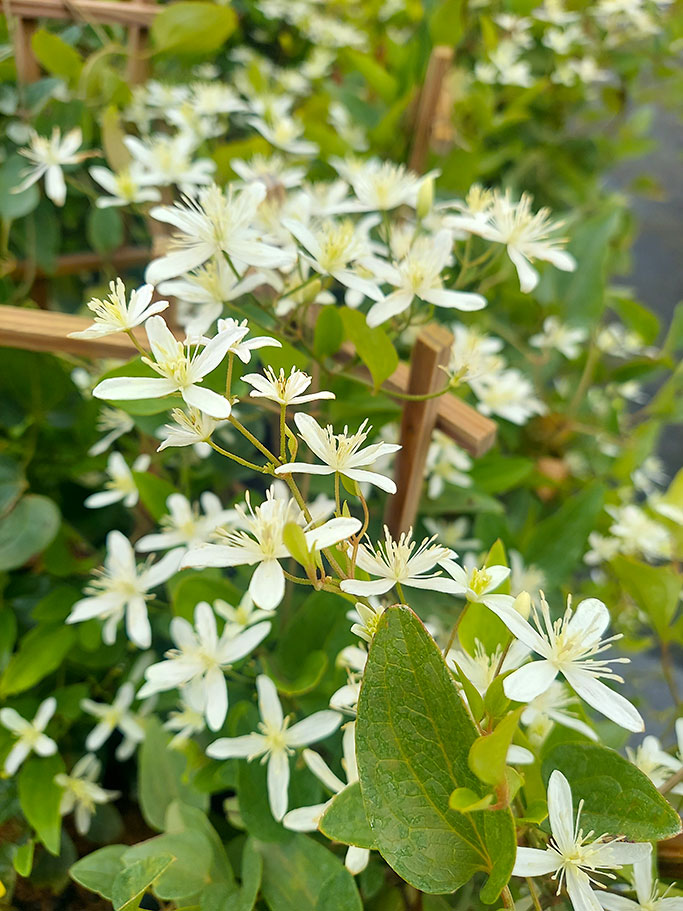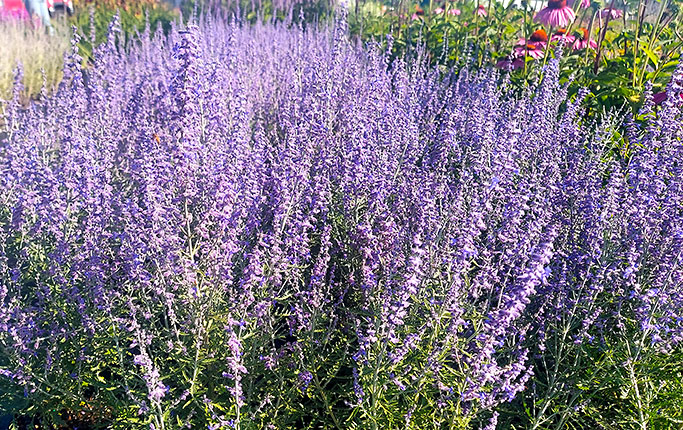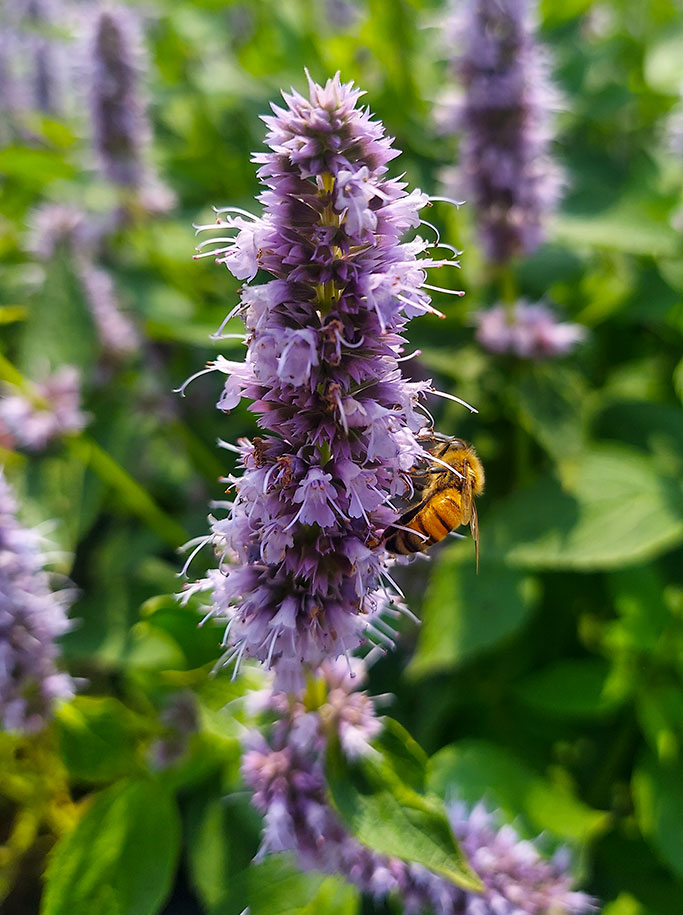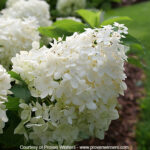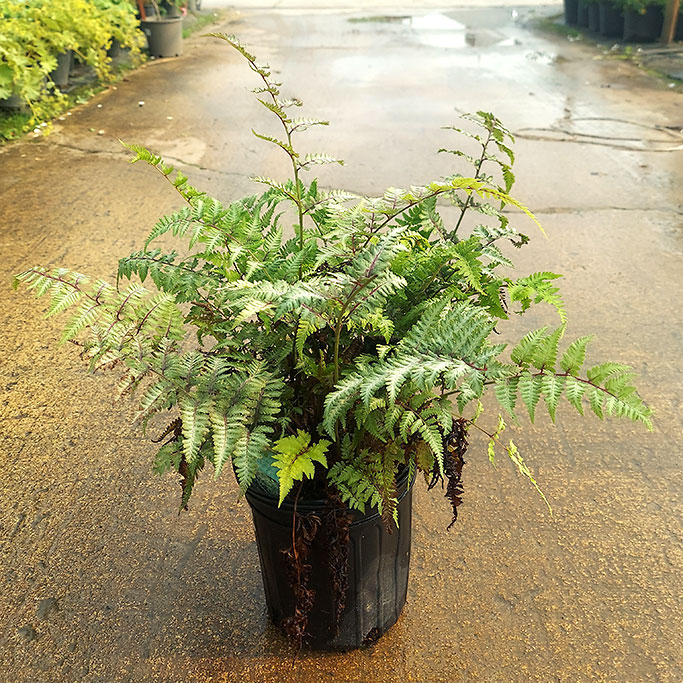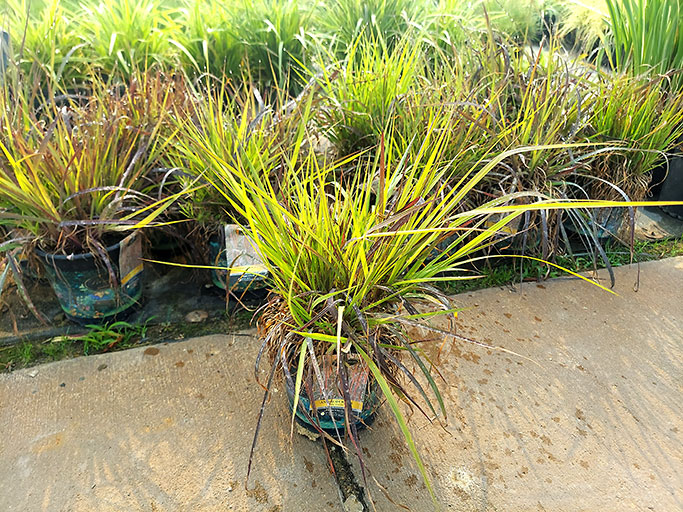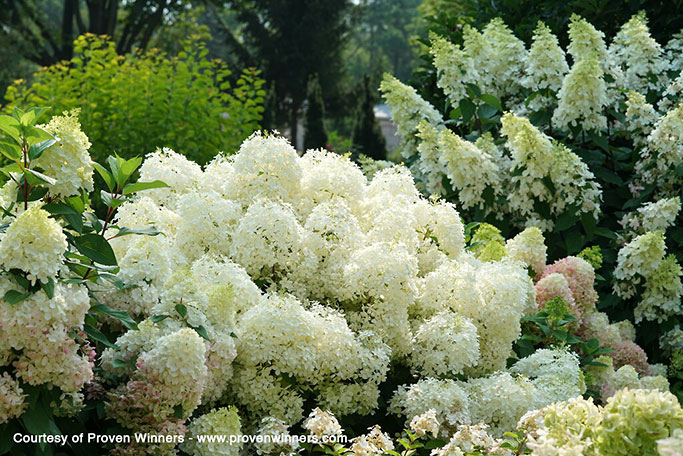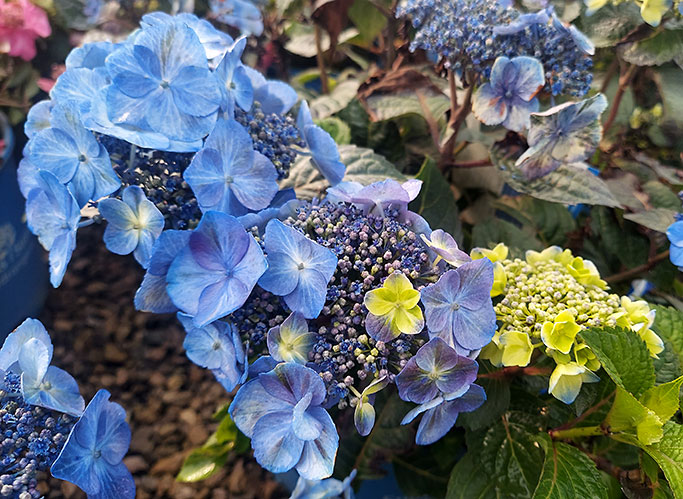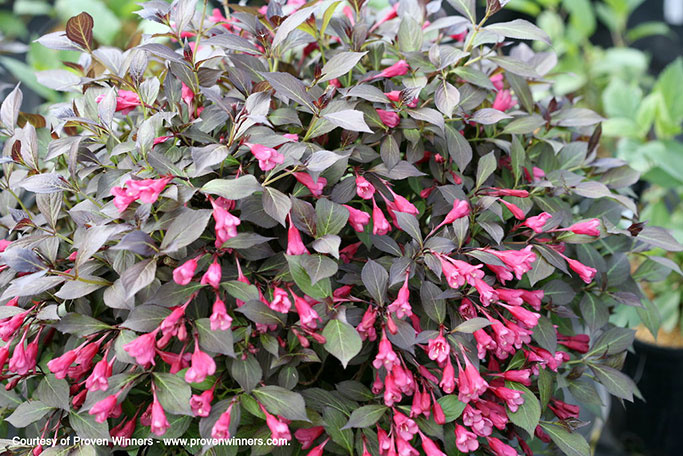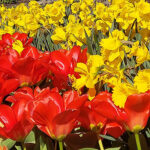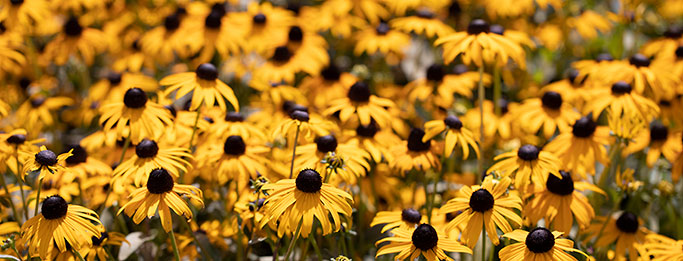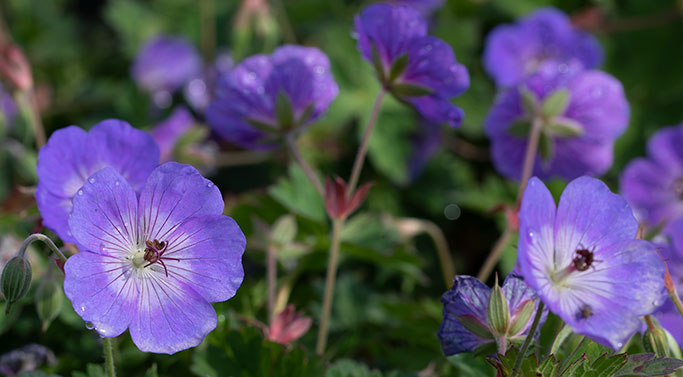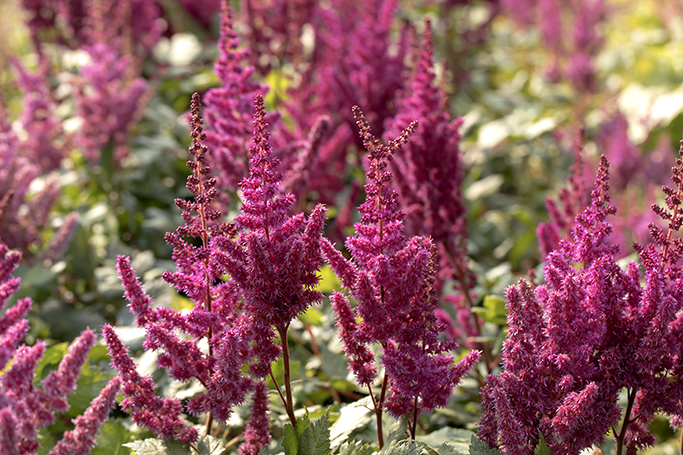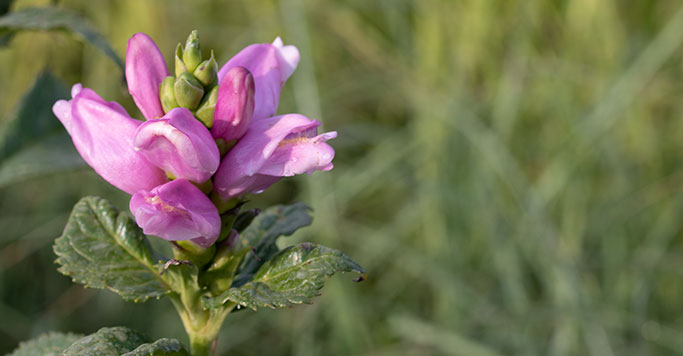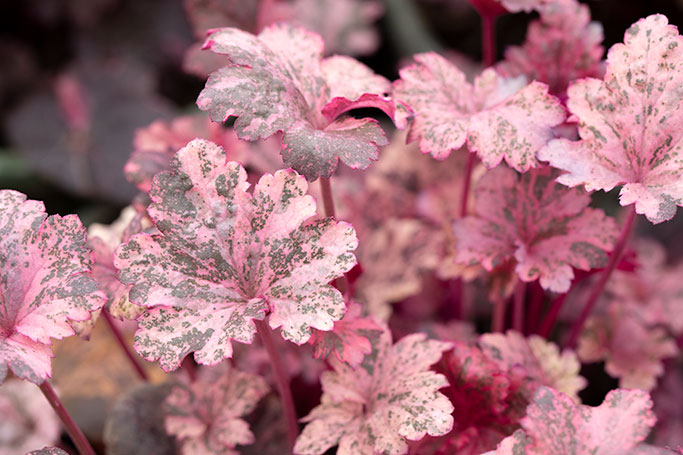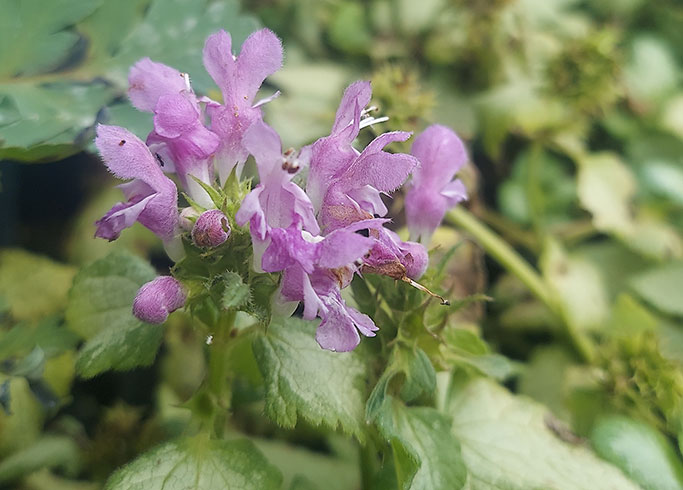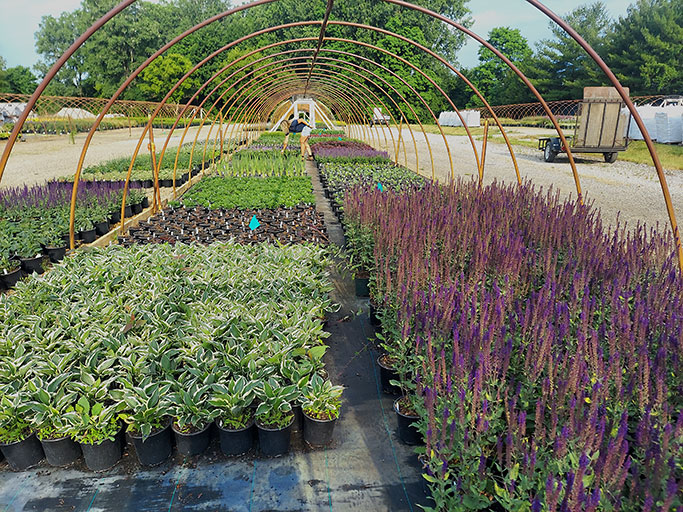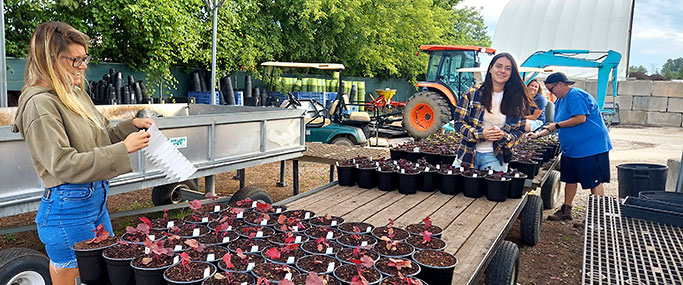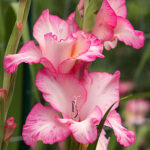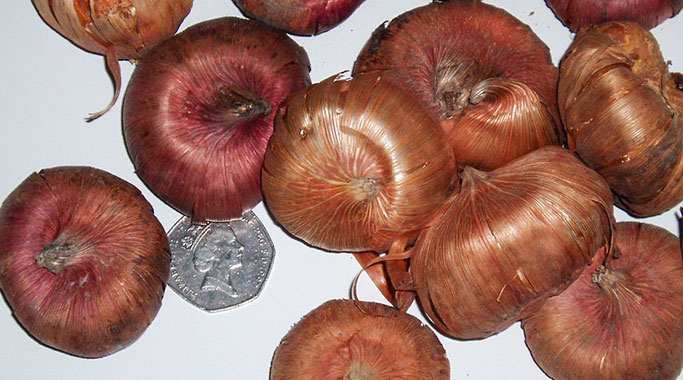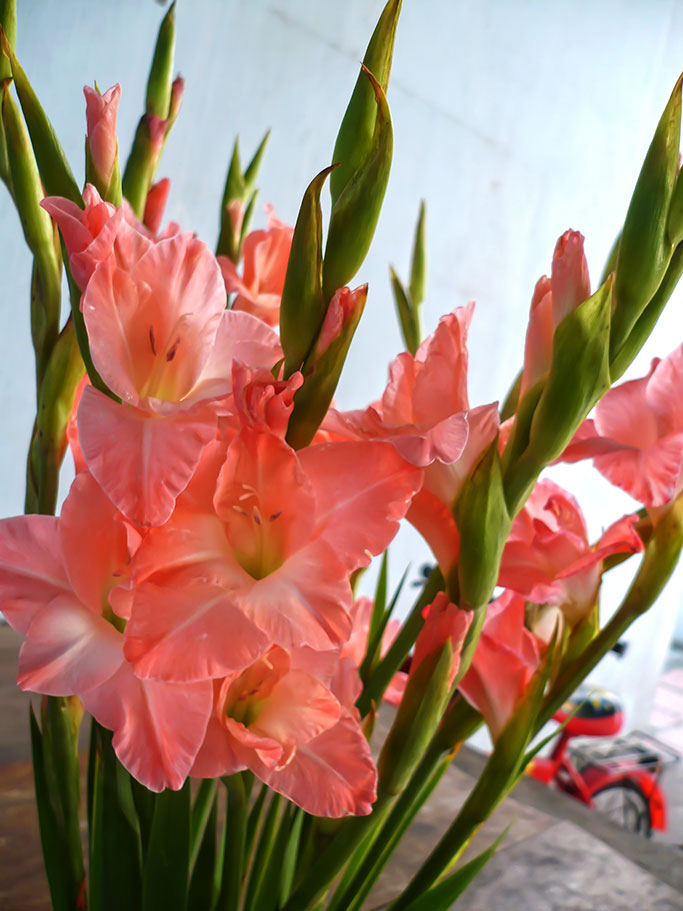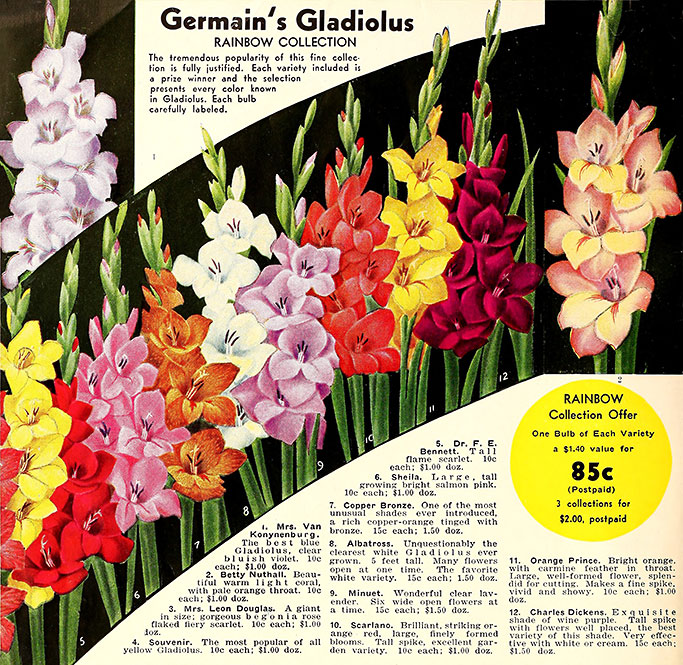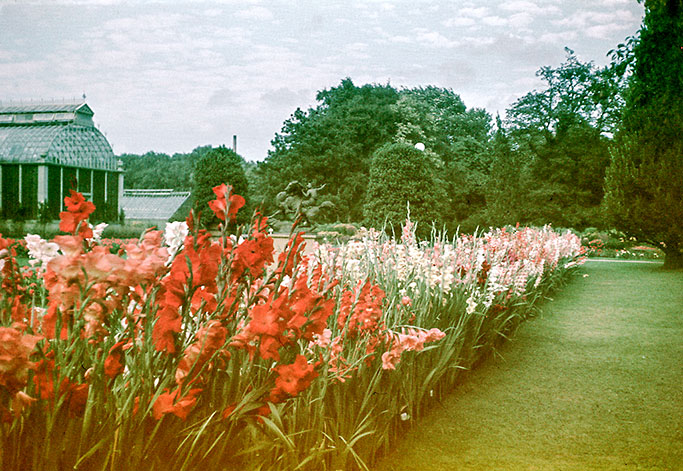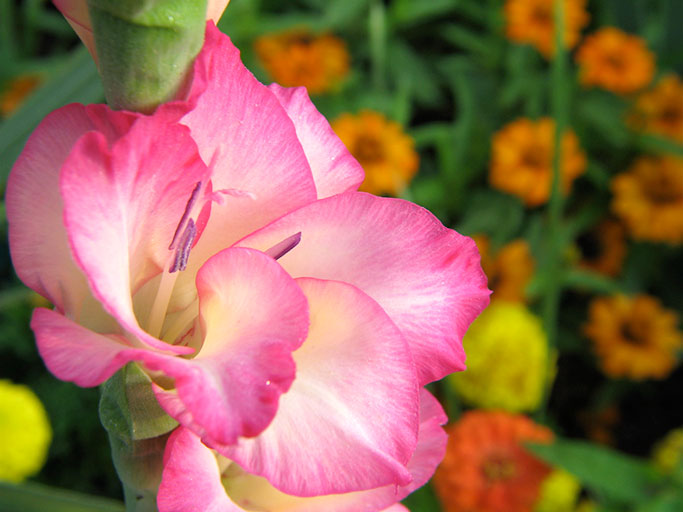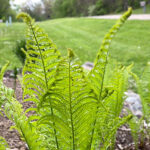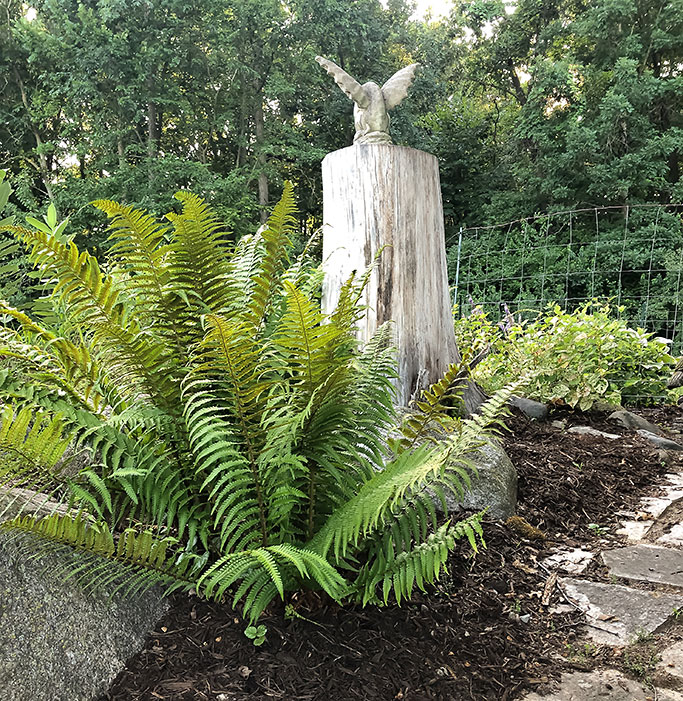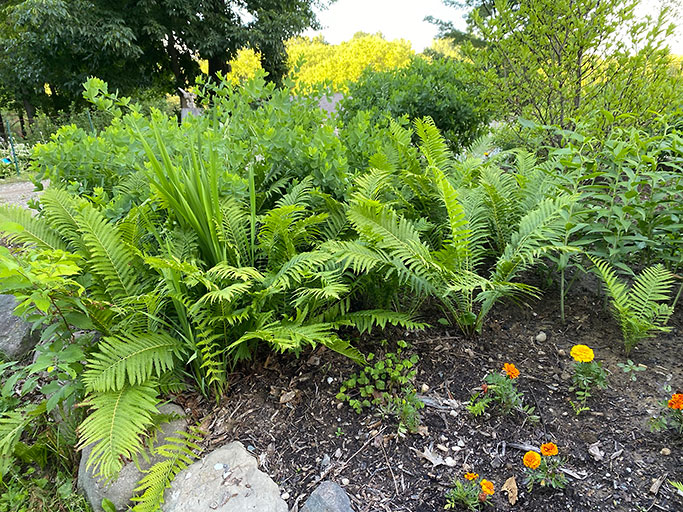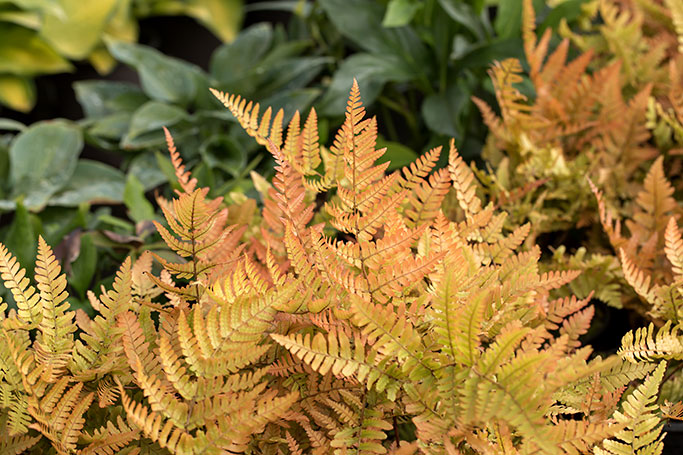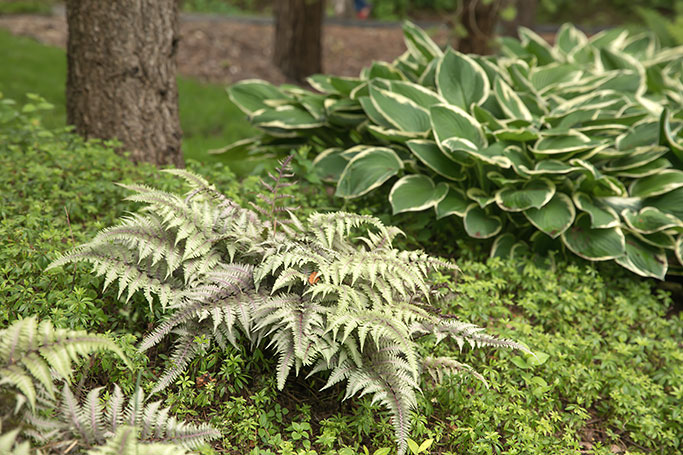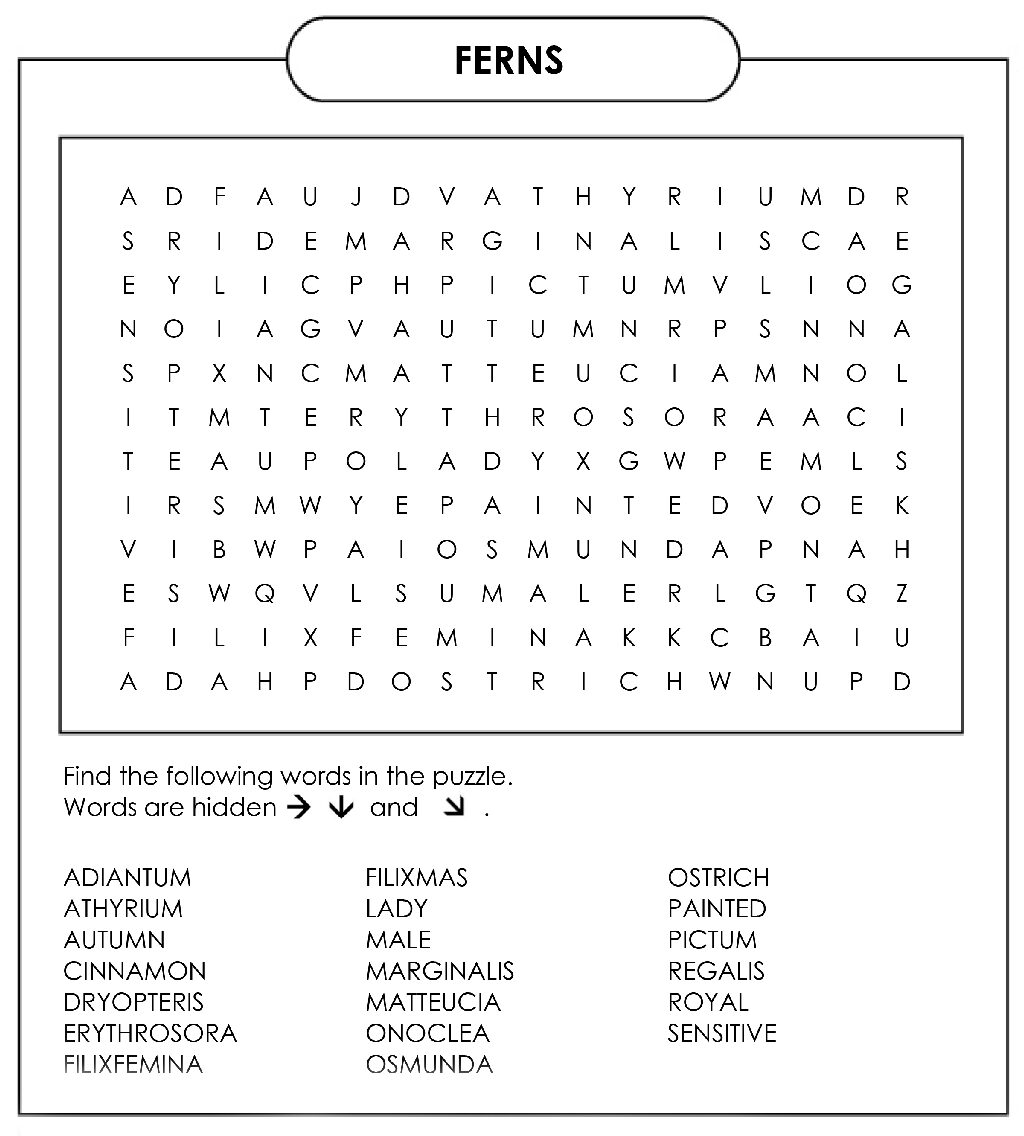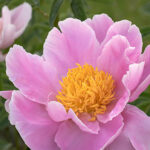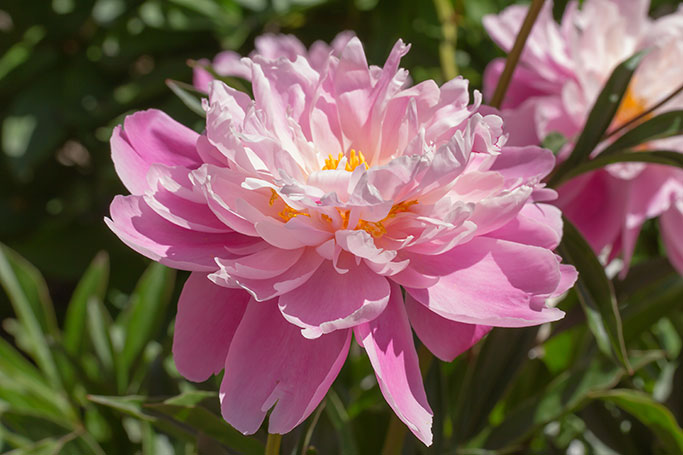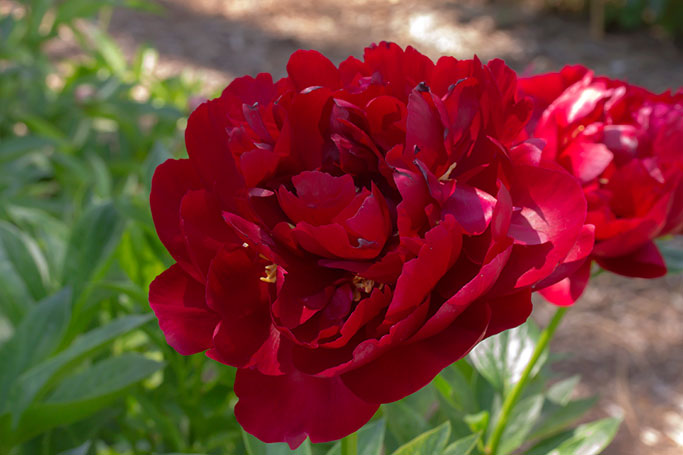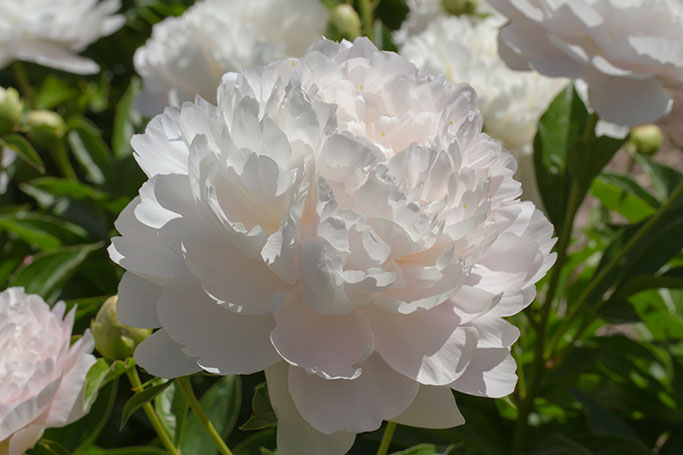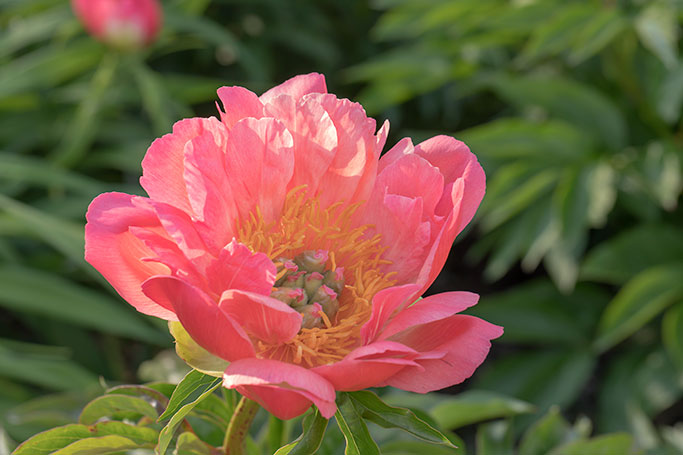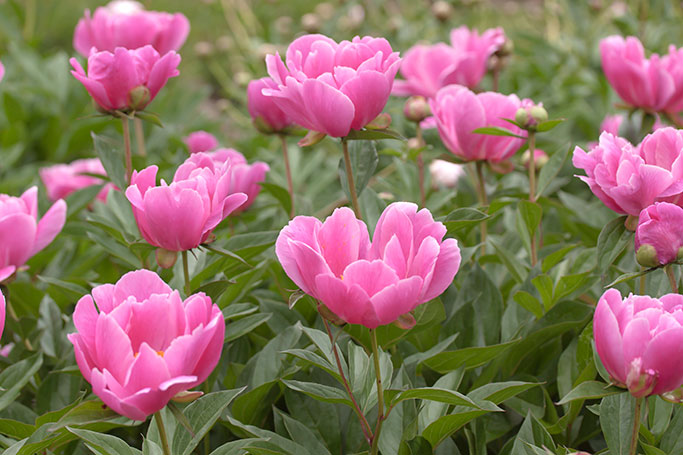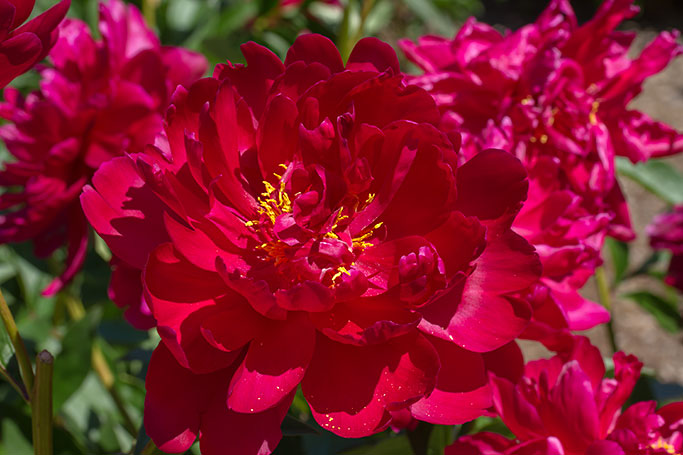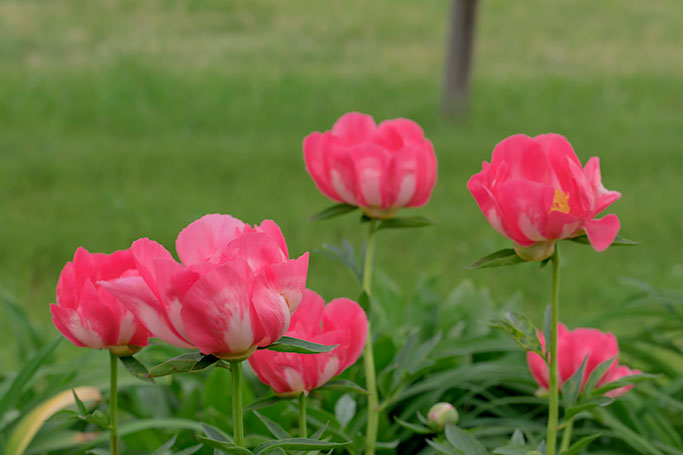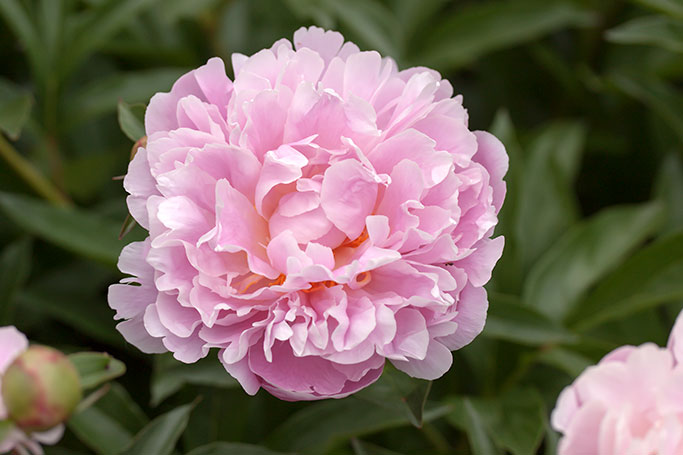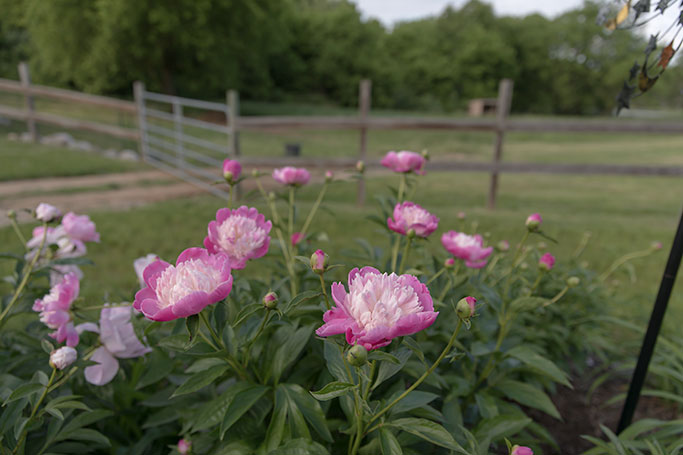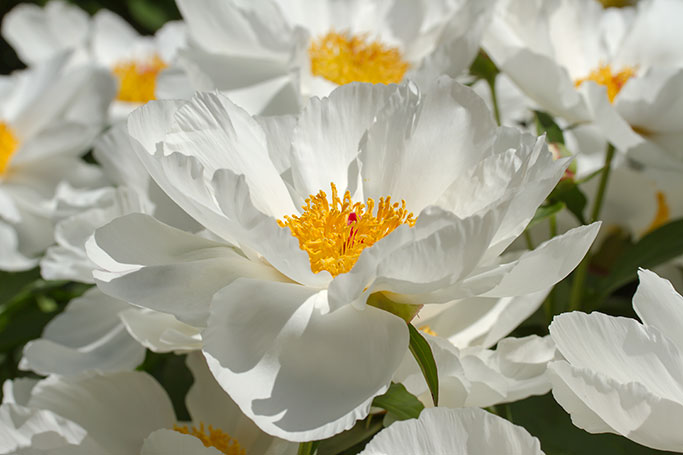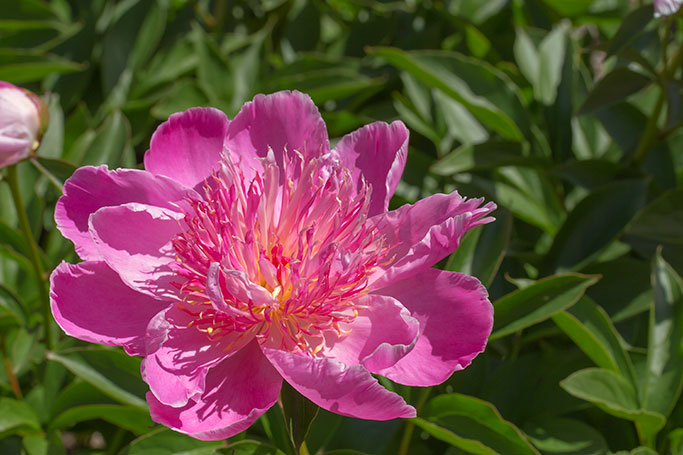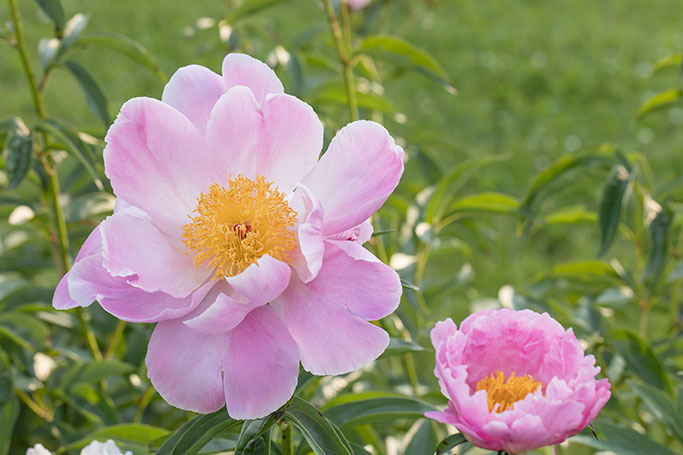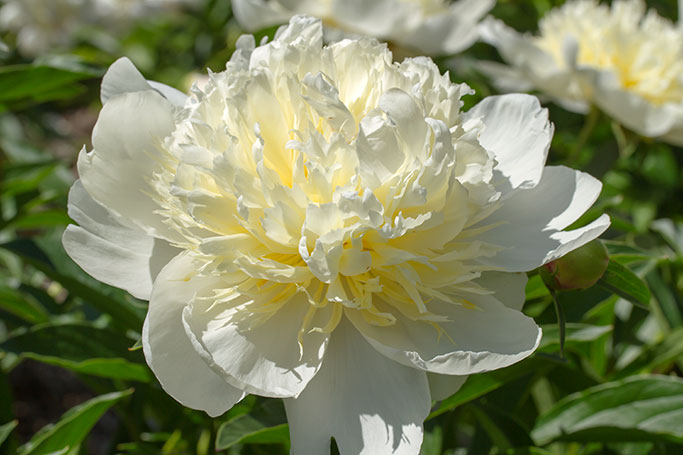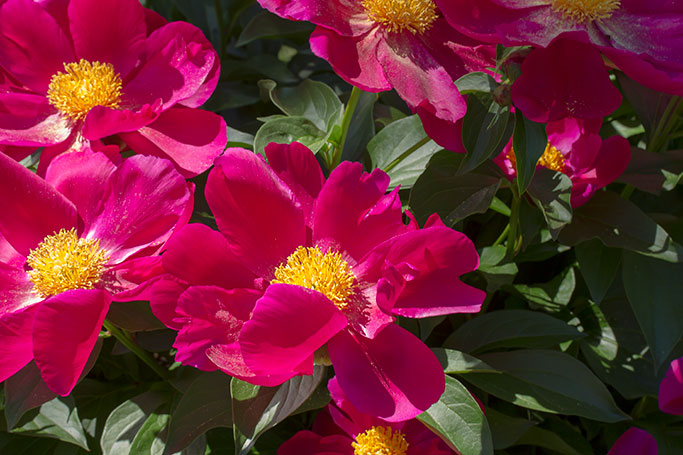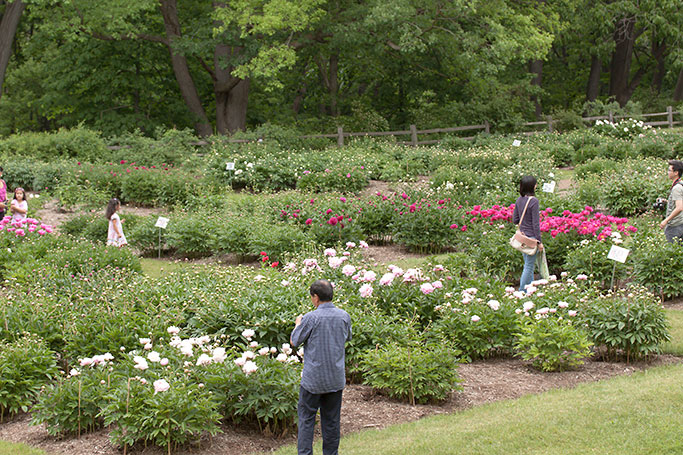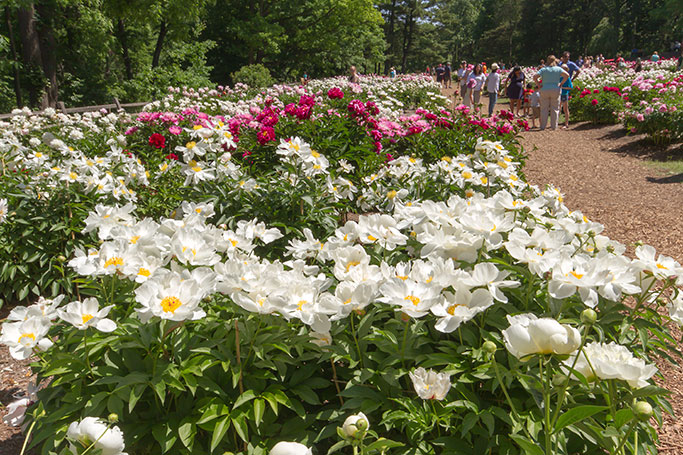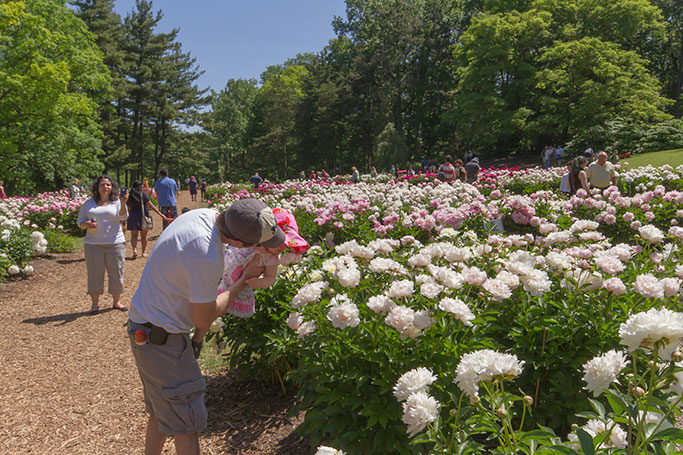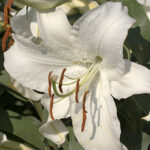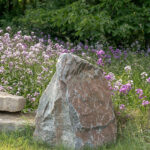In late fall, besides the trees changing colors, you will also notice a change in your perennials. In this article, I would like to discuss fall perennial practices. Topics will include fall cleanup, which perennials should be cut back vs. which should not, perennial varieties that provide habitat for local wildlife, and how we close up the perennial greenhouses in the nursery. These tips should help with the overwintering process.
Let’s start in the landscape. When the temperature drops, it is wise to consider a fall cleanup. Cutting back your perennials in the fall prevents winter damage and is helpful to reduce the chance of infection. Most perennials can be cut back for the winter months. I would recommend cutting things like Hosta, Daylily, Nepeta, Peony, Phlox, and Salvia 1-2 inches from the ground. You can use pruners to cut them back by hand, but if you do, be sure to dip them in alcohol to kill any disease that may be spread through using the same tools on multiple plants. Some landscapers even cut back their perennials with a weedwhacker! Just make sure you clean up the debris so they will not be subject to any disease.
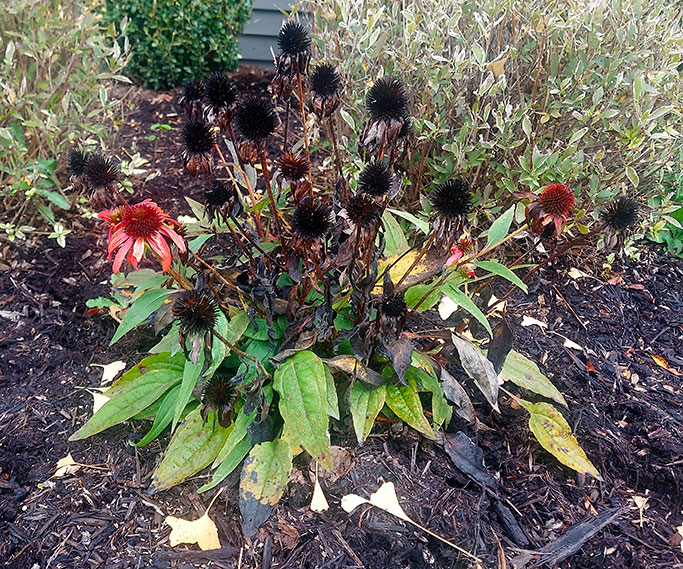
On the flip side, there are a few arguments for leaving some perennials in your garden alone. To protect the habitats of birds, and beneficial insects, you could consider not cutting Rudbeckia, Echinacea, Eupatorium or perennial sunflower. These seeds will provide food throughout the winter. If your home is close to wooded areas, meadows, or contains a brush pile, your garden may be even more habitat friendly. Some perennials that I would not cut back in the fall would be Asclepias, Ferns, Heuchera, and Dianthus. This is to protect the crowns during the harsh winter. Perennials are more cold-hardy when their stems are left intact. These stems can trap in snow, and work as an insulator for their crowns. A quick clean-up in the spring, and these will be just fine. The last reason why I would consider leaving some perennials be, would be their winter interest. Some stuff just looks awesome covered in snow! Species with stiff stems, or flat or cone-shaped dried flowers have a great winter look! Things like Sedum Autumn Joy, Ornamental grasses, or Echinacea Purpurea add to a garden’s winter beauty!
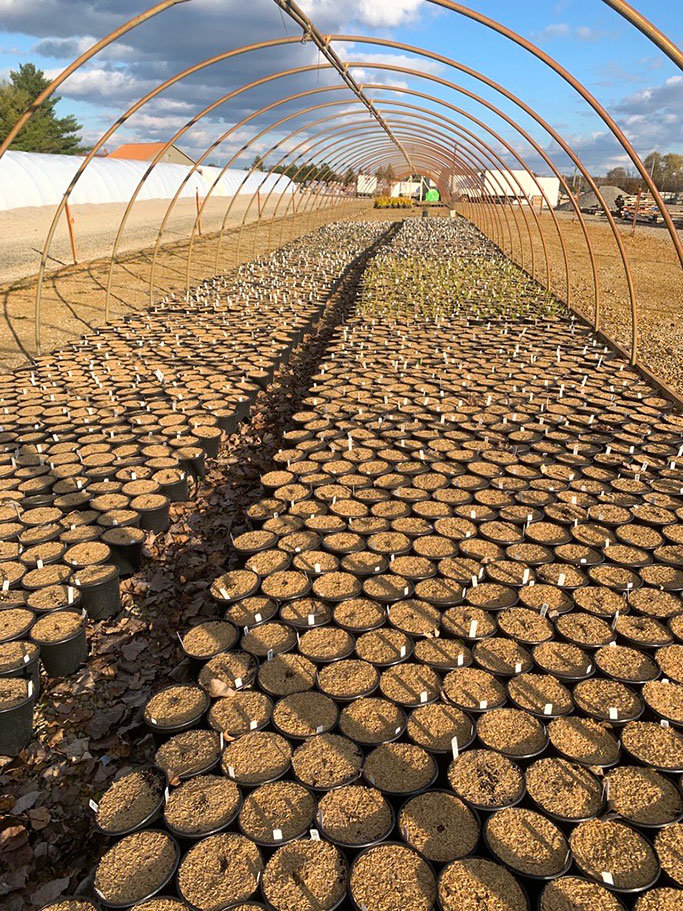
Here in the nursery, we do a few things to protect all our stock, including perennials from the harsh winter cold. Firstly, all of our material is placed in a hoop house (or a block that will ultimately become a hoop house). These “houses” are covered in opaque plastic. The covering of the perennials tends to happen a little quicker, as we have greenhouse structures- with doors, allowing us to still access the material. The benefit of covering early is the ability to control moisture. Too much, or too little moisture in the fall can contribute to the livelihood of potted material come spring. Another tip I have learned in my years in the nursery, is using items like Stella D’ Oro, or Hosta Patriot to act a barrier around more sensitive groups like Heuchera and Dianthus.
It is also not uncommon to line an entire house with some of those winter tolerant varieties to both save space, and act as a buffer for other material. We also have one heated structure that we use to protect our grasses (mainly Miscanthus, and Pennisetum varieties), from ever freezing. By keeping minimum heat on our grasses, we are ensuring a healthy, happy grass come spring.
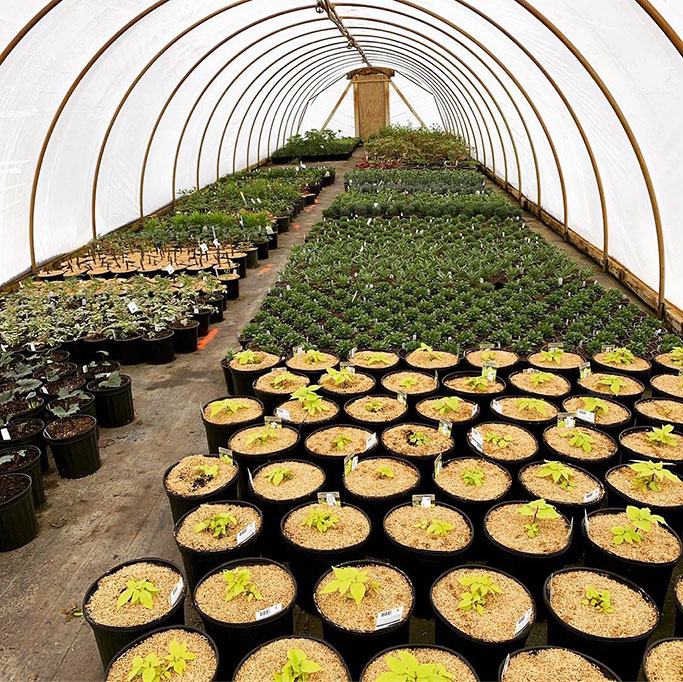
Whether you are overwintering perennials in your landscape, or at your nursery there are many factors to consider. Moisture, temperature, snowfall, and sometimes just plain old luck are all factors that will determine how your perennials fare over a long winter. Keeping in mind potential winter damage, bird and insect benefits, and most importantly, what’s best for the plant, will ensure a seamless transition to the brisk winter days! Happy spring clean ups!

